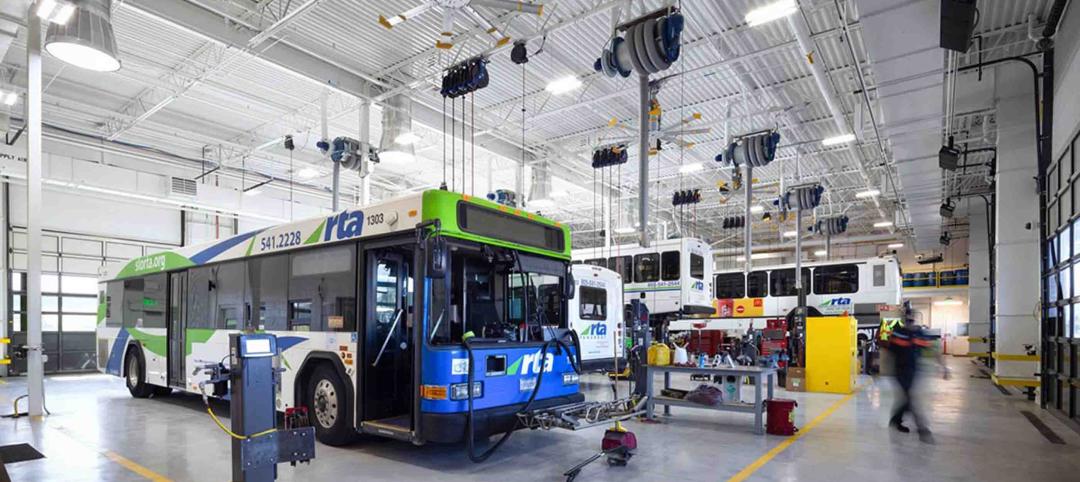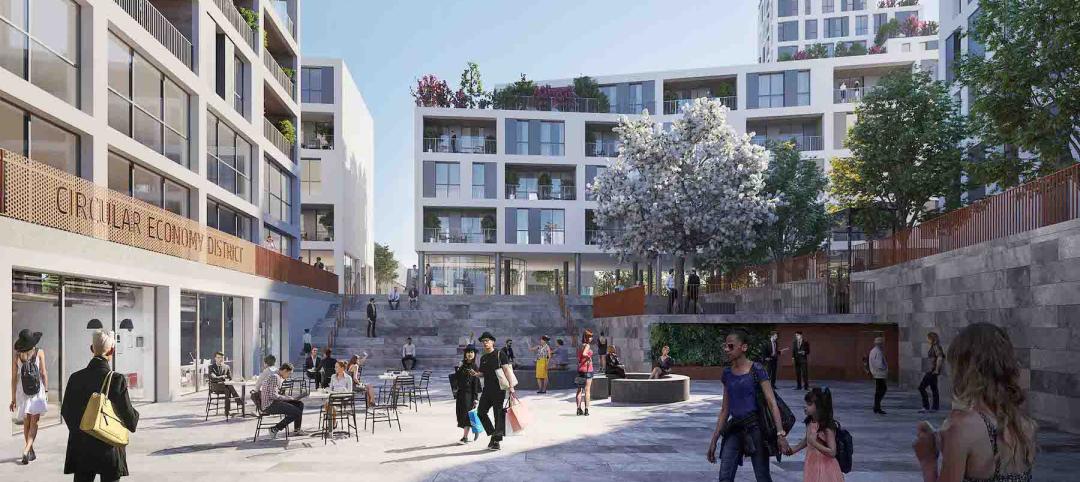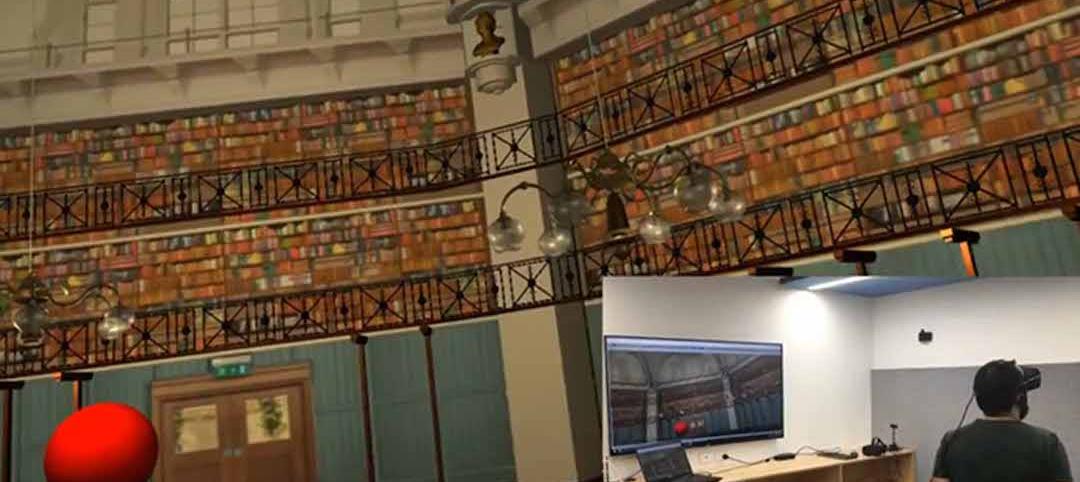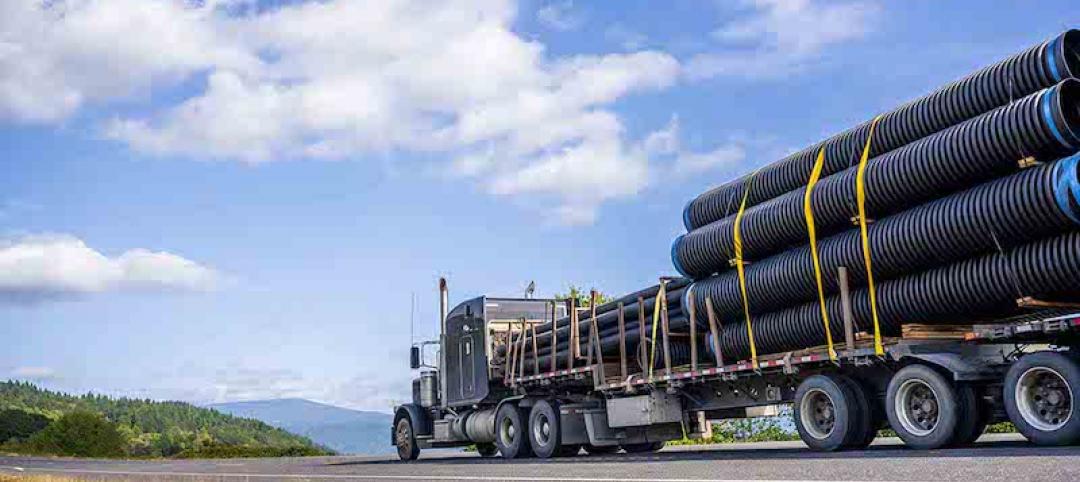Transit agencies are lining up to bring electric vehicle (EV) technology into their fleets. Technological advancements, heightened support for climate action, and government mandates are converging to make a carbon-free transit system the next big thing.
But agencies who are stopping at EV without considering autonomous vehicle (AV) technology are missing out on the opportunity of a generation. AV technology is also on the cusp of going mainstream. It can play a major part in making mass transit the mode of choice for more people than ever before—a clean, convenient, safe, accessible, and affordable option that is better than private car ownership.
It may seem overwhelming to consider how to implement two emerging technologies into an operation as complex as a transit system. The good news is that these technologies are interconnected and complementary in many ways. Planning for AV can be a logical extension of EV—if you get ahead of things.
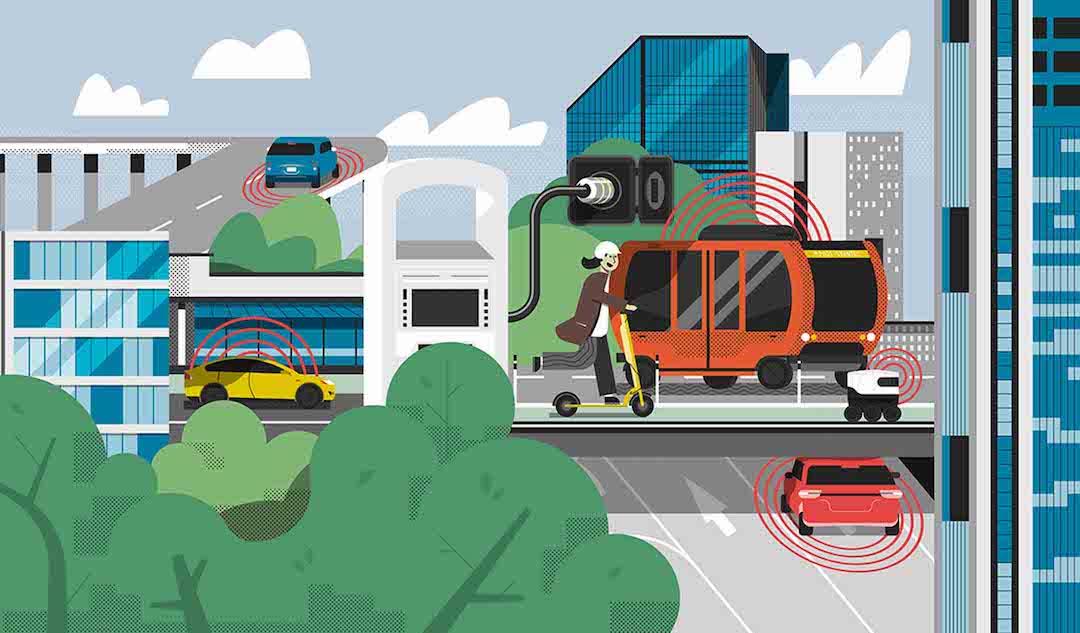
Future transit: where EV and AV meet
As many transit agencies are finding out, there’s a lot that goes into bringing an EV fleet online. From charging and facility infrastructure to operations and maintenance, EV is very different from diesel. You can see more on transitioning to EV fleets here. For this discussion, we’ll focus on a few commonalities between EV and AV. We’ll look at how they can be planned together.
Technology and operations: Most AV technologies are also EV, so there’s an obvious connection. Each of these technologies operates with much more onboard computing, as well as cutting-edge hardware (e.g., sensors), all of which needs to be managed through software upgrades and hardware integration between vehicles and facilities. Getting an early understanding of what’s involved with each of them will help with procurement, maintenance planning, facility design, fleet operations, and hiring and training of personnel.
Facilities and service stations: As you plan for vehicle charging or refueling, as well as maintenance within your facilities, you will have to adapt vehicle flows. And that is something that makes AVs attractive since they will be able to park and direct themselves within the facility. Once AVs are part of the fleet, they can charge themselves and go through the maintenance and cleaning routine without an operator. Additionally, if autonomous technology is implemented into fuel cell electric vehicles, the AV will be able to drive itself to the refueling island for an operator to complete the refueling and other cleaning routines before driving itself to its designated parking stall.
Another thing to think about is whether you will have quick-charge capabilities in the yard, and what kind of charging infrastructure you will choose. Are they charging plates, charging plugs, or overhead charging? In the case that designated charging lanes with pantographs have been installed in the garage, the movement of vehicles through the charging positions can be 100% automated, creating opportunities to minimize the charging infrastructure investment (i.e., instead of having a pantograph for each vehicle, the AV is programmed to park, charge, and then park again without operators). The AV/EV integration allows for additional charging optimization when using smart-charging software to minimize the peak power loads in the garage—potentially reducing electricity costs.
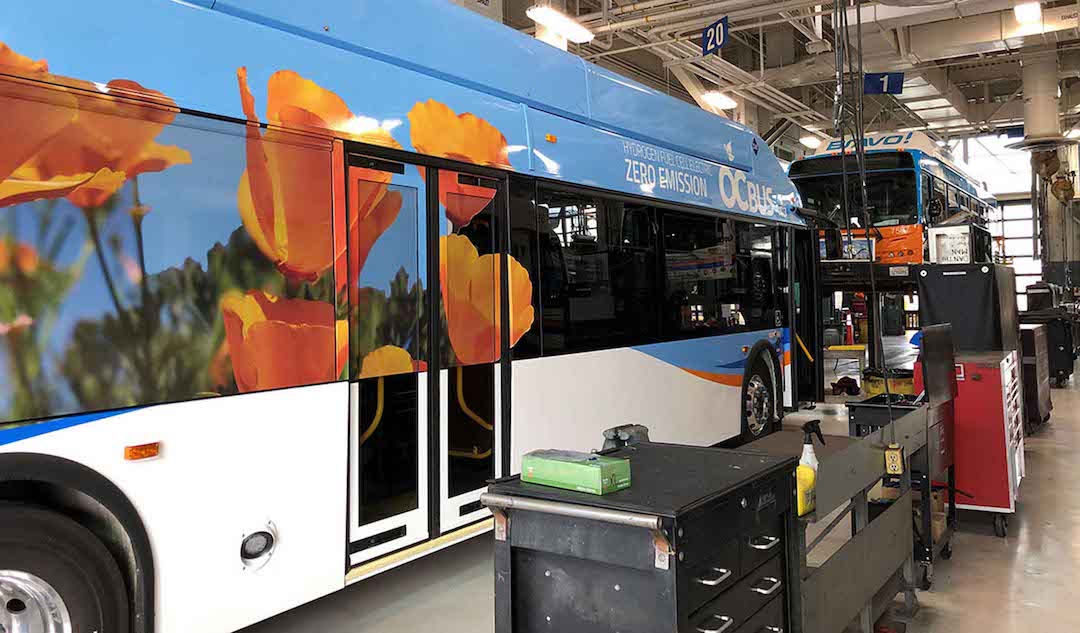
Building and retrofitting facilities is very costly. Ensuring they are future ready for both EVs and AVs is a worthwhile investment.
The facility will need new systems to monitor parking and charging, including camera systems, lidar, and sensors. That may all be connected to a central command center to manage fleet operations. The EVs and AVs will require different maintenance tools, and improved electrical services in the area are likely. Building and retrofitting facilities is very costly, and ensuring they are future ready for both EVs and AVs is a worthwhile investment.
Education and training: While EV training is getting more advanced, AV training is not on the radar for most transit agencies. Ultimately, it’s about a smooth workforce transition and new opportunities for team development. Recruitment and rotation of personnel will start to evolve quickly, and the EV to AV transition will work together to push more tech-forward professions. Some practical concerns include new safety training, charging training, vehicle diagnosis, and vehicle maintenance and operations training. With all the potential retraining on the table, it makes sense to chart a combined path for EV and AV wherever possible.
These are just some examples of how planning for an EV and AV transition at the same time will make things better integrated, less confusing, and potentially save costs over time.
Start thinking now about your EV to AV transition, including funding
When it comes to EV and AV, government policy and regulations, available technologies, and transit ridership are all moving quickly. That said, it’s possible to be both flexible to new developments and prepared for long-term operations. Now is the time to start thinking about things.
Engaging stakeholders and the public is a good first step. Getting the right people on board and raising awareness of these new technologies sets the stage for more positive input during planning. Ultimately the outcome is better. Having a strong understanding of the related technologies, policies, and regulations will help inform stakeholder conversations and build credibility around plans.
Modeling the rollout plan for EV and AV will have some similarities. We recommend understanding what those are early. That includes building KPIs for your program, while gathering existing data and projected benefits for each technology. Pulling in the right tools will help. An AV Deployment Playbook or ZEBDecide, which helps model fuel options for transitioning bus fleets, are great tools.
It’s also important to note that bringing innovative elements that improve accessibility and climate impacts to your fleet can open the door to new funding sources. Of course, there is an increased emphasis from governments on these issues, but there are also options to take advantage of private funding.
Sunline, for example, is a public agency in California that received 18 fuel cell electric buses for the price of a compressed natural gas equivalent during the demonstration and validation stages of the technology. The funds included a portion being paid by the manufacturers as part of research and development. A significant portion came from state and federal incentives to reach the Federal Transit Administration goals for fuel cell electric bus performance. Similar collaborations can be formed to create demonstration projects of EV and AV public and private organizations.
EV and AV could be the tag team that elevates your transit service
So why go to all the trouble of understanding these burgeoning technologies and planning for how they might work in your community? Aside from any government mandates, climate targets, or accessibility goals, we will see numerous benefits to agencies that make an effective early plan.
Taking a more innovative approach to transit and providing better service to the community has the potential to increase transit ridership and improve the public perception of the agency. Even going through the engagement process to understand how these technologies might impact people is an additional touch point. It creates a more open dialogue between the agency and the public it serves—and hopefully more goodwill as well.
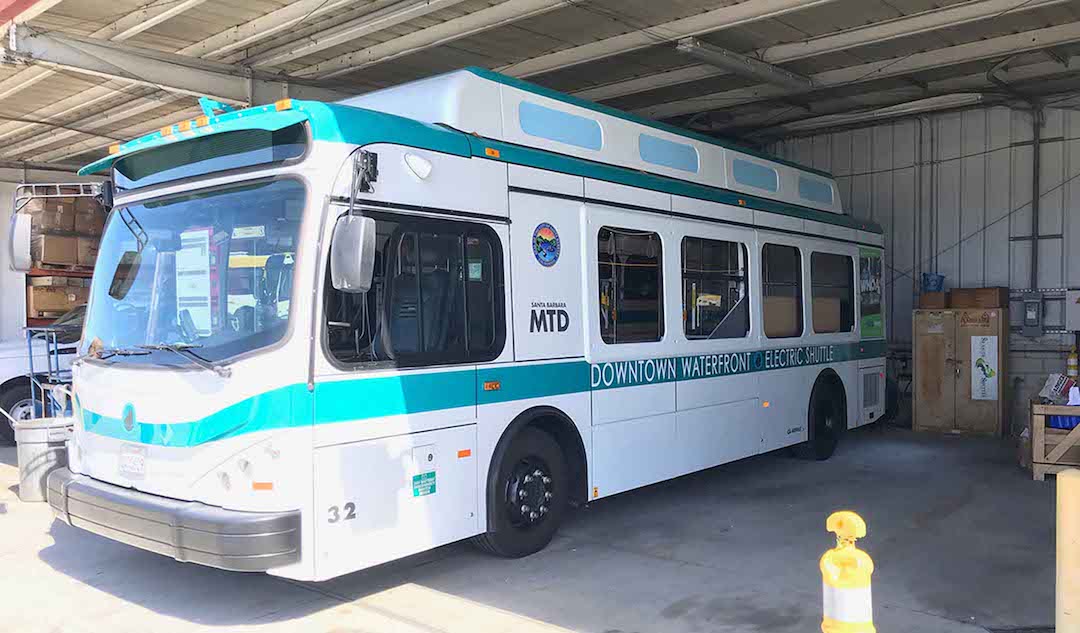
It’s easy to see new technologies as a headache or a challenge, but now is the time to think holistically about producing a technology-forward solution for your transit system.
While providing a service that works for all segments of the population should be a primary goal of any agency, attracting those with other options isn’t always an easy task. People increasingly have higher standards for transit service due to the variety of other high-quality transportation options available. One of the best ways transit agencies can remain competitive is to stay on the cutting edge of new technology and embrace the technologies that can give riders a better experience.
Thinking of customers as people who have a variety of choices will be key to making transit the most appealing option. Ask yourself: how do we get Tesla drivers to ride transit?
It starts with thinking outside the traditional transit box. We recently completed a strategic mobility plan for a transit agency in California. Part of the plan replaced under-performing fixed routes with an on-demand microtransit service using battery-electric vehicles.
The microtransit service launched in September 2020, and since then it has seen a 182% increase in ridership—and that’s during COVID-19! Here are the results of a survey of active microtransit customers completed by the agency in March 2021:
- 96% of users believe it is more pleasant than their previous fixed-route rider experience
- 87% believe it is quicker
- 100% will use the service again
- 78% of users are very likely to recommend the service to a friend
While microtransit has all these advantages, finding and retaining high quality drivers is still a struggle. Here is where AV opens the door to new possibilities. AV enables microtransit services without needing to add new operators.
It’s easy to see new technologies as a headache or a challenge. But now is the time to think holistically about producing a technology-forward solution for your transit system. A lot of plans out there to adopt AV technology won’t be fully realized tomorrow; thinking of EV as the stepping-stone that will enable the AV transition will get agencies farther than thinking of them separately.
Let’s get started!
More from Author
Stantec | Apr 18, 2024
The next destination: Passive design airports
Today, we can design airports that are climate resilient, durable, long-lasting, and healthy for occupants—we can design airports using Passive House standards.
Stantec | Mar 18, 2024
A modular construction solution to the mental healthcare crisis
Maria Ionescu, Senior Medical Planner, Stantec, shares a tested solution for the overburdened emergency department: Modular hub-and-spoke design.
Stantec | Nov 20, 2023
8 strategies for multifamily passive house design projects
Stantec's Brett Lambert, Principal of Architecture and Passive House Certified Consultant, uses the Northland Newton Development project to guide designers with eight tips for designing multifamily passive house projects.
Stantec | Apr 10, 2023
Implementing human-centric design in operations and maintenance facilities
Stantec's Ryan Odell suggests using the human experience to advance OMSF design that puts a focus on wellness and efficiency.
Stantec | Jul 6, 2022
5 approaches to a net zero strategy that communities can start right now
Whether your community has started on a plan or is still considering net zero, now is the time for all of us to start seriously addressing climate change.
Stantec | Feb 14, 2022
5 steps to remake suburbs into green communities where people want to live, work, and play
Stantec's John Bachmann offers proven tactic for retrofitting communities for success in the post-COVID era.
Stantec | Feb 8, 2022
How gaming technology is changing the way we design for acoustics
Adding 3D sound from gaming engines to VR allows designers to represent accurate acoustic conditions to clients during design.
Stantec | Sep 3, 2021
Passports to a net-zero carbon future
How materials passports can help designers achieve social value and net-zero carbon.
Stantec | Aug 25, 2021
The mall of the future: Less retail, more content
For the mall to survive, it will need to embrace nontraditional uses and “messy vitality.” Here’s how to do it.
Stantec | May 21, 2021
Kick-starting the rebirth of North America’s malls
Our outdated malls can be remade for a renaissance. Here’s how to get started.





